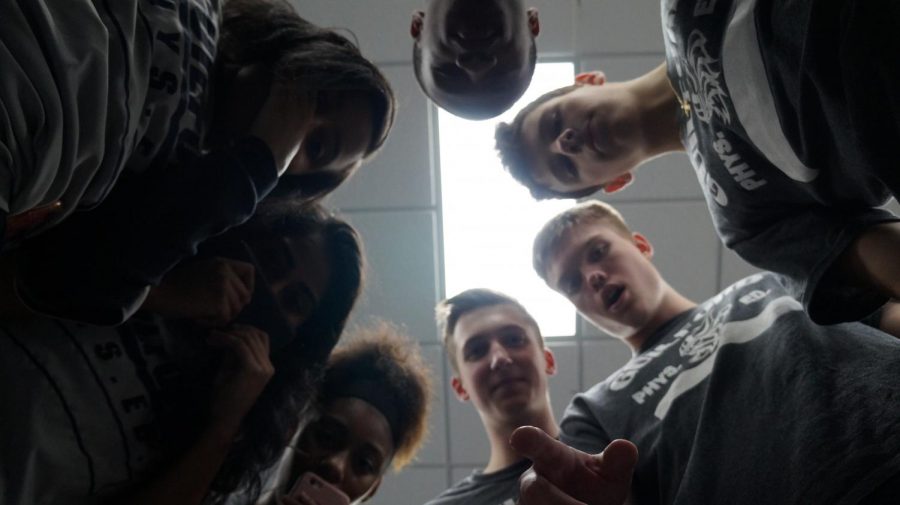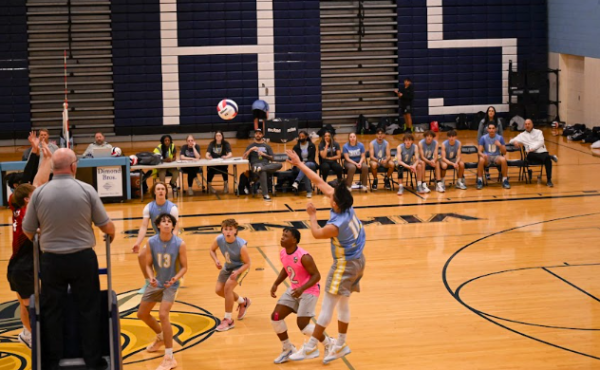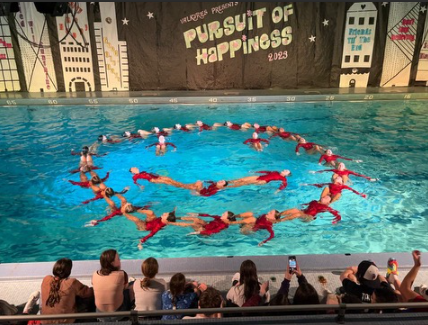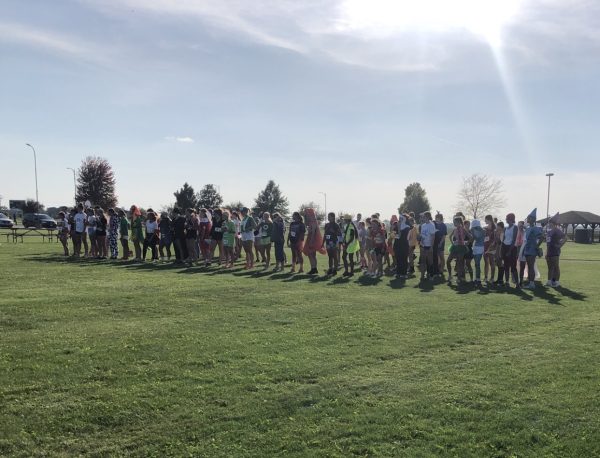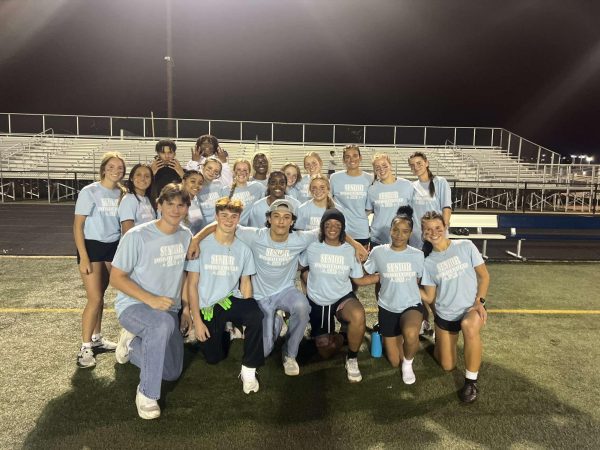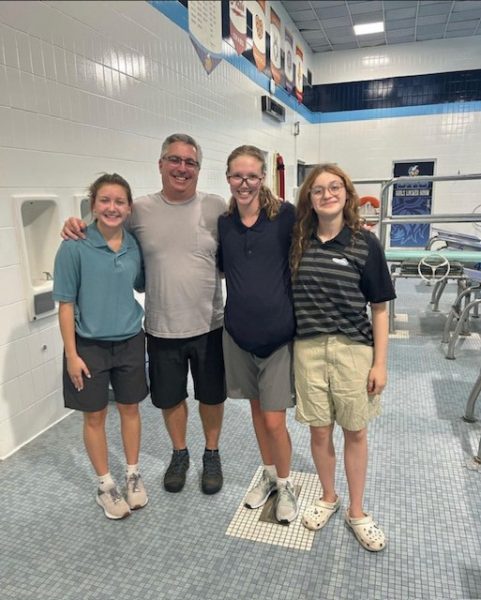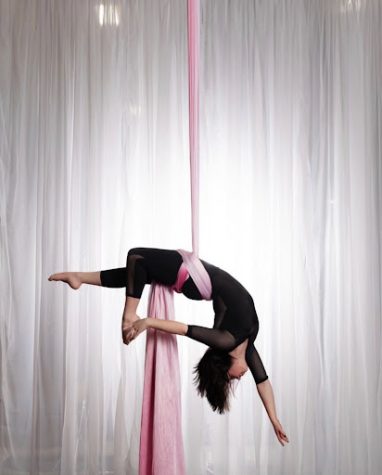Concussion crisis
High school athletes mirror dangers in professional sports
November 15, 2017
It’s 4th and goal, state championship hanging in the balance. You’re handed the ball. Leaping over the goal line, you meet the helmet of another player. But you’re in! A culmination of years of hard work and dedication leaves you on the ground victorious…
…but also unconscious.
You wake up a little later and think nothing of it and celebrate. Years later things start to change. You get more headaches, your temper is shorter, and you just don’t feel the same. In one moment a lapse can change your life forever, having you wishing for that 4th and goal back.
A prominent topic among sports pundits is that of concussions, but concussions can happen in more than just football. According to Mayo Clinic, a concussion is when the brain is aggravated, coming into contact with the inside of the skull. The human brain doesn’t move with the skull, it moves freely within the skull’s confines. This can affect athletes when they suffer head trauma (www.mayoclinic.com). According to Medical News Today, between the years 2002-2012, there was a 200 percent increase in both the number of emergency room visits for concussion among 8-year-olds to 13-year-olds and the number of reported concussions in those aged 14-19 years.
Concussions can occur anywhere, whether it’s laying a big hit on the football field, or playing sharks and minnows in PE.
“I was playing soccer and a girl ran into me and I fell, smacking my head into the turf,” said Tessa Slabaugh, sophomore soccer player.
Although concussions happen in many sports, high school football accounts for 47% of reported sports concussions among high school athletes in the US, according to the Head Case Company. Football can be especially dangerous due to the effects of concussive head trauma. One of the biggest effects of hits to one’s head is CTE (Chronic Traumatic Encephalopathy). CTE is a degenerative brain disease in which a protein called Tau forms in clumps, slowly spreading through the brain and killing cells.
“I would be scared if I got concussions,” said Tyrell Thatcher, senior football player. “I think the trainer should talk to teams as a group about the effects of CTE.”
CTE has never been found in athletes that suffer just one concussion, without experiencing any other cases of head trauma; still several hits —even sub-concussive hits— can cause CTE symptoms with repeated blows.
“I think that student athletes may want to play so badly that they may not report concussions to their trainer or coach, not understanding the potential long term effects it can cause,” said Mr. Casey Kilduff, Physical Education teacher.
Football is statistically the most popular sport in the United States. Football helmets are designed to protect players from structural damage to the skull and prevent brain bleeds, but those injuries only affect the outside of the head, not the inside, where a large amount of damage can occur.
“If I got a concussion I think I’d be more cautious,” said Thatcher, “I would be more aware of my surroundings and change how I approach the game.”
Athletes who suffer concussions without any long-term damage still face a serious risk of Second Impact Syndrome (SIS). SIS is when someone suffers a second concussion. It can lead to dangerous swelling and brain bleeds and more serious cases of CTE.
“I don’t really have a fear of developing CTE.” said Nick Albers, senior football player, “But I haven’t been playing as long as some other players.”


